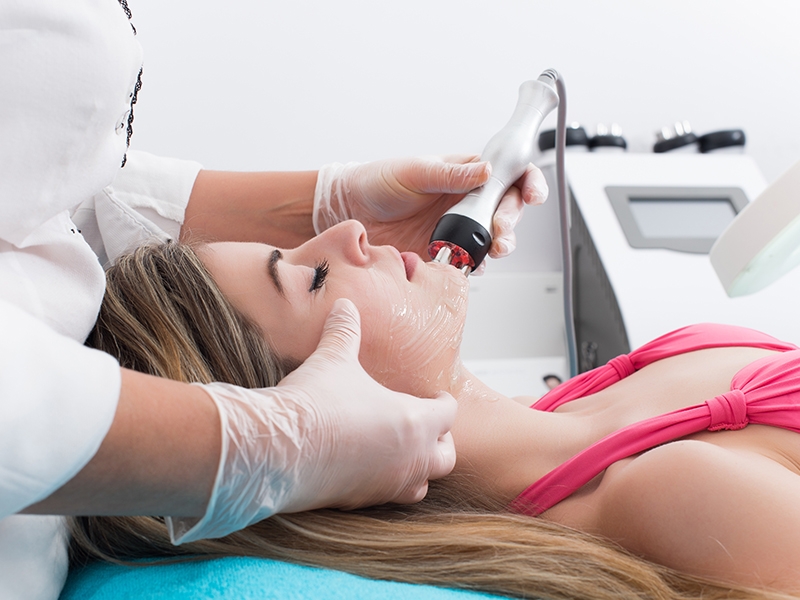
pigmentation and Melasma Treatment: Understanding the Condition and Available Options
Pigmentation is a common skin condition characterized by the presence of dark patches or spots on the skin. It can occur due to a variety of reasons, including sun exposure, aging, hormonal changes, or genetics. One of the most prevalent forms of pigmentation is melasma, a condition that affects millions of people worldwide, primarily women. In this article, we will discuss the causes, symptoms, and available treatment options for pigmentation and melasma.
Understanding Melasma
Melasma is a skin condition that causes brownish-gray patches to appear on the face, neck, and forearms. It is more common in women, particularly those who are pregnant, taking birth control pills, or undergoing hormone replacement therapy. Other factors that can contribute to the development of melasma include genetics, sun exposure, and certain medications.
The condition occurs due to the overproduction of melanin, the pigment that gives color to our skin, hair, and eyes. Melanin production is controlled by hormones, and any imbalance in these hormones can trigger melasma. The exact mechanism of melasma is still not fully understood, but it is believed to be caused by a combination of genetic, hormonal, and environmental factors.
Symptoms of Melasma
The most common symptom of melasma is the appearance of dark, irregular patches on the face, neck, and forearms. These patches can vary in size and shape and are usually symmetrical. Melasma does not cause any other symptoms, and it is generally not painful or itchy.
Treatment Options for Melasma
Melasma is a chronic condition, and it can be challenging to treat. However, there are several treatment options available that can help reduce the appearance of melasma.
Topical Agents
Topical agents, such as hydroquinone, tretinoin, and corticosteroids, are often used to treat melasma. Hydroquinone is a bleaching agent that helps to lighten the skin by reducing the production of melanin. Tretinoin is a form of vitamin A that helps to exfoliate the skin and increase cell turnover, which can reduce the appearance of melasma. Corticosteroids are anti-inflammatory agents that can help to reduce redness and inflammation in the skin.
Chemical Peels
Chemical peels involve applying a chemical solution to the skin, which exfoliates the top layer of skin, revealing a smoother, brighter complexion. Chemical peels can be effective in reducing the appearance of melasma, but they can also cause skin irritation and redness.
Laser Therapy
Laser therapy involves using high-intensity light to target and destroy melanin-producing cells in the skin. This can help to reduce the appearance of melasma, but it can also cause skin irritation and discoloration.
Prevention of Melasma
Preventing melasma can be challenging, but there are several steps that you can take to reduce your risk of developing the condition. These include:
Wearing sunscreen with an SPF of at least 30 every day, even on cloudy days
Wearing a wide-brimmed hat and protective clothing when in the sun
Avoiding tanning beds and sunlamps
Limiting your exposure to the sun during peak hours (10 am to 4 pm)
Using gentle skin care products that do not irritate the skin
Avoiding hormonal medications if possible
Conclusion
Melasma is a common skin condition that can be challenging to treat. However, with the right combination of treatments and preventative measures, it is possible to reduce the appearance of melasma and improve the overall health and appearance of your skin.









